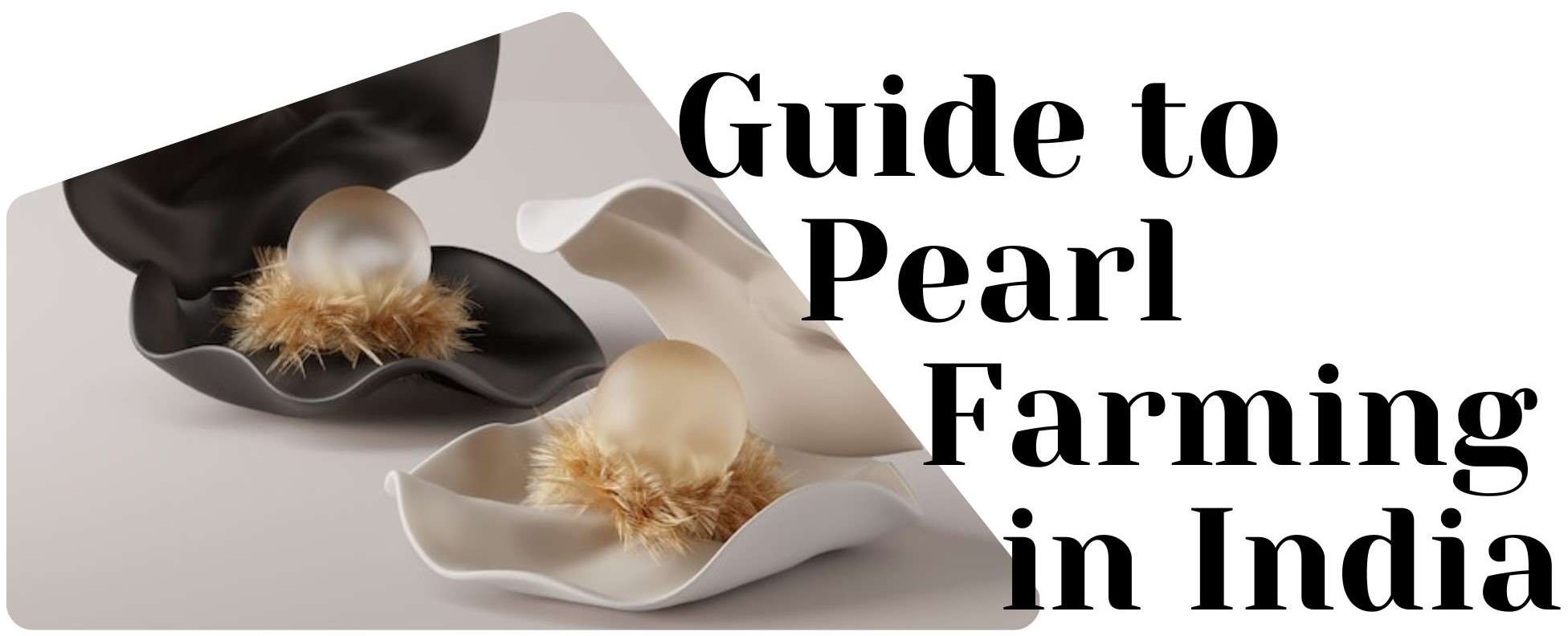
Delving into Ocean Opulence: A Comprehensive Guide to Pearl Farming in India

Pearl farming, a mesmerizing aquaculture art, has transformed the coastal landscapes of India, nurturing exquisite gems from the ocean depths. Pearls, epitomes of timeless beauty and elegance, have captivated global demand, turning pearl farming into a venture both lucrative and sustainable.
Prerequisites for Pearl Farming in India
Embarking on this enchanting pearl farming journey requires careful consideration of the following prerequisites:
- Site Selection: Identify pristine locations with unpolluted waters, optimal salinity, and ample water flow. Ideal spots include sheltered bays, estuaries, and shallow coastal areas.
- Legal Approvals: Secure permits and licenses from the Fisheries Department, Coastal Aquaculture Authority, and local authorities for legal compliance.
- Oyster Stock: Source oyster stock from reputable suppliers, ensuring health, quality, and suitability for pearl production. Popular choices include Pinctada fucata and Pinctada margaritifera.
- Grafting Techniques: Master grafting techniques to delicately insert a nucleus into the oyster mantle, stimulating the enchanting process of pearl formation.
- Farming Methods: Choose suitable farming methods, be it longlines, rafts, or bottom cultivation, considering site conditions and production goals.
- Post-Harvest Processing: Acquire the necessary equipment and expertise for pearl harvesting, cleaning, grading, and packaging to ensure top-notch product quality.
Resources and Investment for Pearl Farming
Essential resources for pearl farming include:
- Infrastructure: Establish durable farming structures like rafts, longlines, or ropes, designed to withstand the rigors of marine conditions.
- Oyster Nursery: Develop an oyster nursery for cultivating and maintaining a healthy oyster stock tailored for pearl production.
- Grafting Tools: Procure specialized grafting tools, including needles, tweezers, and grafting beads, ensuring precision in nucleus insertion.
- Harvesting Equipment: Invest in equipment for underwater pearl harvesting, minimizing damage to the delicate oysters.
- Grading and Packaging: Allocate resources for equipment and expertise in pearl grading, cleaning, and packaging to maintain the highest product quality.
The initial investment for a pearl farm can vary based on factors such as scale, chosen methods, and available resources. However, a typical setup may involve an investment ranging from ₹25,000 to ₹50,000 per hectare.
Potential Income from Pearl Farming
Pearl farming promises substantial returns, with average yields ranging from 20 to 30 pearls per oyster. Market prices fluctuate based on size, quality, and color, generally falling between ₹100 to ₹1,000 per pearl.
Assuming an average pearl yield of 25 pearls per oyster and a market price of ₹500 per pearl, a pearl farm can generate an annual revenue of ₹125,000 per hectare.
Conclusion
Pearl farming in India offers not only a captivating journey but also a lucrative livelihood, providing economic benefits, cultural significance, and contributing to environmental conservation. With meticulous planning, resource management, and market insights, individuals can venture into the enchanting realm of cultivating these oceanic treasures.
Remember, the success of any aquaculture venture hinges on factors like site selection, oyster quality, grafting techniques, farming methods, market demand, and overall management practices. By adhering to sustainable aquaculture practices and compliance with regulations, pearl farmers can play a pivotal role in the growth of India’s aquaculture sector, the preservation of coastal ecosystems, and the enrichment of India’s cultural heritage. 🌐💎




